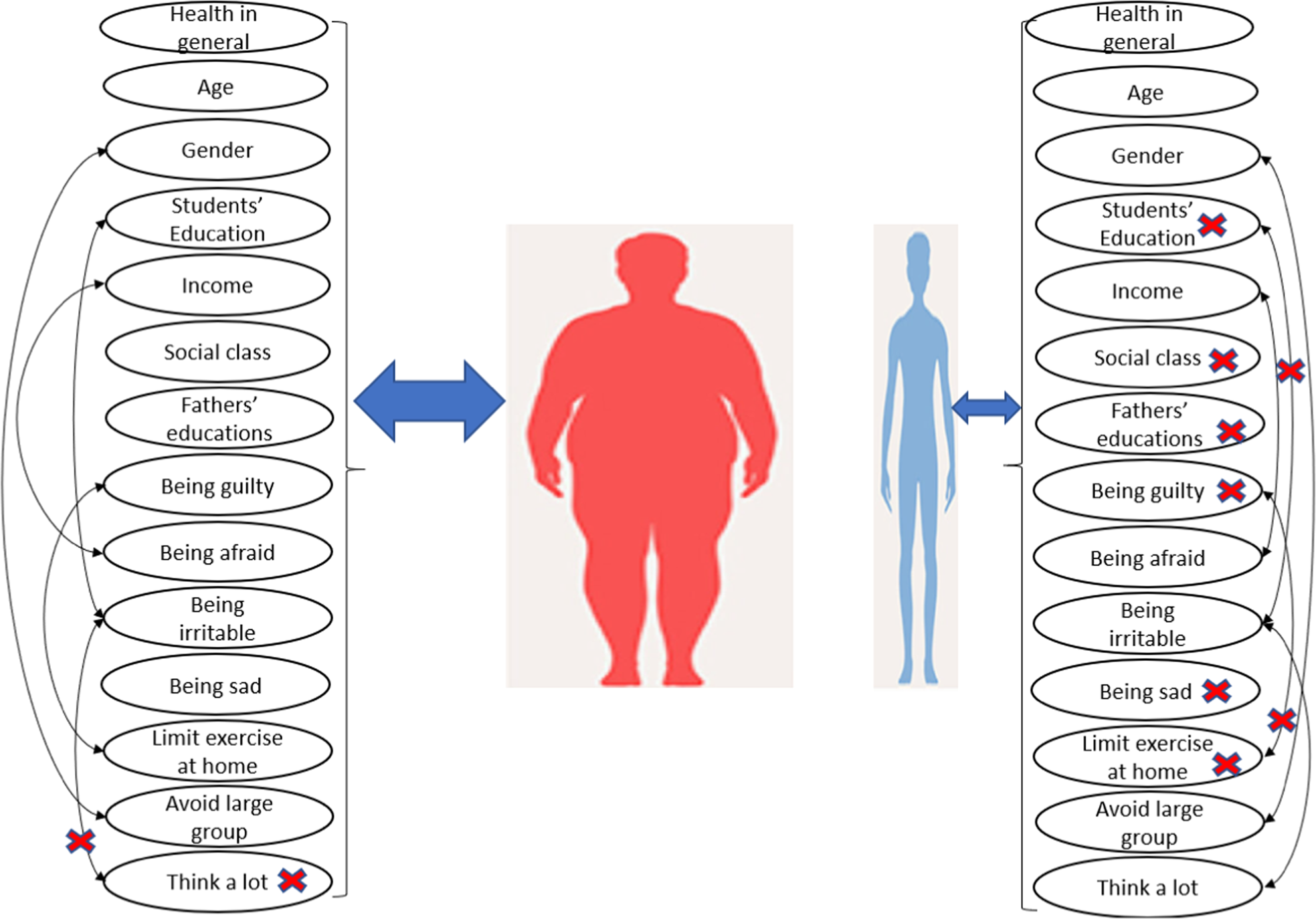
Global movements embrace millions of young people who want to make a change both online and offline. One of these major movements world-wide is dealing with teen pregnancy and medical abortions. Considering teenage pregnancies are a significant issue in high schools and colleges across America, you might be interested in the facts that surround this issue. After learning about teenage pregnancy, many teenagers look at the issues and concerns in a new light.
Table of Contents
Below are the facts revolving around teenage pregnancy in America
- Out of 10 teenage girls in the U.S., three are likely to get pregnant before they reach 20 years old. Recent data suggests that there are at least 750,000 teenage pregnancies annually.
- Being unprepared for parenthood is one the top reasons why teenage girls usually drop out of school. At least 50 percent of teenage mothers fail to complete high school.
- At least 25 percent of teenage mothers have a second child two years after giving birth to their first child.
- Less than two percent of teenage mothers get their college degree before they attain the age of 30 years.
- The U.S. has the highest teenage pregnancy rate in the west.
- In 2011, the birthrate among teenage mothers in the U.S. was the lowest compared to the records from the past seven decades with regard to teenagers giving birth.
- In 2008, the rate at which Hispanic and African-American teens got pregnant from the age of 15 to 19 was higher compared to the white girls of the same age group.
- Out of 10 teen fathers, at least eight fail to marry the girls they impregnated.
- A teen who is sexually active and fails to use contraceptives has a higher chance of getting pregnant in a year.
- More than 50 percent of the mothers who are on welfare got their first baby while they were teenagers. Two-thirds of the families within the U.S. were started by mothers who were unmarried and poor.
Since teenage pregnancy is a major issue, parents can play a crucial role in teaching their sons and daughters about the results of pregnancy:
- Ensure you’re clear about your sex attitudes and values – you should think through the following questions before you start to talk to your child about sex:
- Who is supposed to set the sexual limits for the people who are in a relationship?
- What feeling do you get when you realize that teens are sexually active?
- At what age were you sexually active? What feeling did you get? Before you got married, were you sexually active? The manner in which you answer each of these questions determines how ready to have this conversation.
- Monitor and supervise your children’s activities – ensure you are knowledgeable about where your children are at all times. Please make sure they’re safe and be on the lookout for the activities they are engaging in. If they are not with you at any given moment, are they being supervised by adults wherever they are? Children might accuse you of being too paranoid about whether they are safe. In such an instance, you should have a conversation with your children and ensure they understand why you are doing some of these things. You are the adult and make the rules.
Keep Track of Your Children’s Friends
Peers can influence the behavior of your children negatively or positively. You should do your best to ensure that your children have chosen friends who hail from families with morals and values that can positively influence your child’s behavior. You can invite your child’s friends to your home and meet with them regularly. You can also liaise with their parents about common rules and curfews.
Discourage Steady and Early Dating
Although group activities are highly encouraged, you should discourage early dating. Enlighten your children about the issues revolving around early dating.
Final Thoughts
Unwanted teenage pregnancies have become a major issue, and the people who are best suited to mitigating the issue are the parents. If you have teenage children, you should initiate the discussion about sex when your children become sexually active. Also, please keep track of their friends and ensure they’re people who can influence them positively and not negatively.


:max_bytes(150000):strip_icc()/hypersexuality-f7219c0faf93488b82402d4f9d20e454.jpg)


